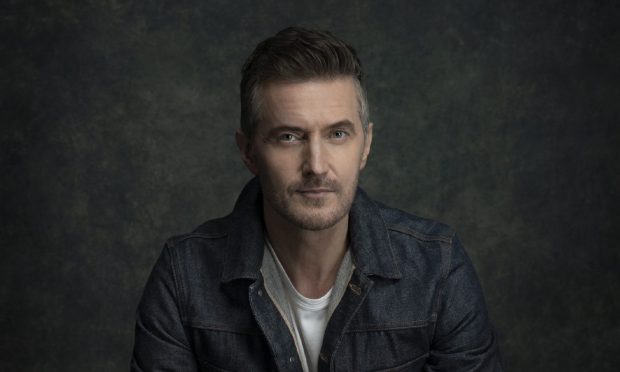
As one of the most popular audiobook voice actors, Richard Armitage has narrated some of the biggest page-turners, cliff-hangers and whodunnits.
Now the star of The Hobbit, Spooks and Red Eye is having a thrill ride of his own in a surprise new career chapter as a novelist.
Following the success of his first book Geneva, which has a TV adaptation in the works, Richard released his follow-up, The Cut, as an Audible exclusive earlier this week.
A lifelong lover of the escapism of fiction, the Robin Hood actor is delighted to add the new string to his bow.
“It’s been an unexpected page turn, but there’s been quite a few of those in my life,” he said.
“Maybe it’s the fact I keep my expectations low, but I’m happy to let the future be vague and not have too much of a solid vision of what’s going to happen – then everything’s a surprise.”
The Cut
The Cut takes place in a remote village where a long-unsolved murder is brought back into focus when a Hollywood movie begins filming there.
Across two timelines, it explores revenge, atonement and the deep repercussions felt after a young boy grows up tormented by his peers for being different.
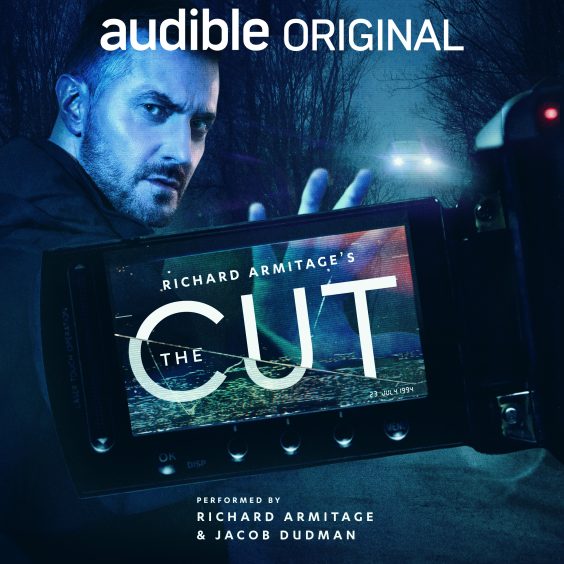
While not autobiographical, it draws heavily from Richard’s own experiences.
He came out as gay to friends and family when he was 19 and then publicly last year, and has spoken recently of the physical and verbal abuse he received at school for being perceived to be different.
“Part of it was very connected into my experience, but I didn’t lean in too much,” he said.
“A lot of it was things I also observed; the racism I saw when I was in school, other people on the receiving end of bullying as well as what I received.
“The way boys were treating girls, the hierarchy that happens with the very popular, sporty boys at the top of the heap and the pyramid that falls away from there. Those things were very potent in my memory.
“The story’s completely fictional, but the roots are connected to real things. I didn’t want it to be too close to my personal experience but, at the same time, it has to resonate with me, because I’m going to be reading it.”
The idea for the novel was initially sparked when Richard and his late father were placing flowers on his mother’s grave.
“There was a man nearby doing the same with his mother,” he recalls.
“He came up to me said: ‘I’m sorry for what I did to you as kids but congratulations, you’ve done well for yourself.’
“I told my dad I didn’t know who it was, but he remembered the family.
“It gave me the idea of what we carry from school into adulthood, and two kids who have grown in different directions coming back to their hometown and trying to atone for their actions.
“I think that’s a universal story we all probably have in us. We were all kids once, weren’t we?”
Books were an escape
While he never expected to one day write a novel, Richard found refuge in the creative arts on the tougher days of childhood.
“I found a bit of an escape through reading, and certainly through music. I think it’s one of the reasons why I became an actor.
“A teacher read us The Hobbit and it was so vivid to me that I went home and would try to recreate the way she did it. I’d obsessively read a book a week. Storytelling was a big part of my childhood.”
Fittingly, Richard would go on to star in the film adaptations of The Hobbit as Thorin Oakenshield.
More recently, he has starred in two of the biggest dramas of the year, ITV’s Red Eye and Netflix’s Fool Me Once.
The latter is the third time he’s teamed up with Harlan Coben, with a fourth project with the thriller writer, Missing You, in the pipeline.
“Harlan’s back catalogue will keep Netflix in business for the next 30 years if he wishes,” Richard said.
“I feel like I’m on my fourth season of The Stranger, I’ve just been playing different characters in different ensembles.”
“I love Harlan’s universe. I feel very privileged to be able to do that.”
Working closely with the man he calls the ‘master of the cliff-hanger’ meant that Harlan became an ‘unconscious mentor’ for Richard’s burgeoning writing career.
“He didn’t know I was writing a book. When I asked him to read it, his response was: ‘stay in your lane, Armitage!’
“But no, he gave me some really good advice – that the worst kind of writing is no writing at all.
“Even when you’ve got writer’s block, just get something out of your head and onto the page. That was the best advice anybody could have given me.”
Richard’s writing
Richard, who appeared at the Edinburgh International Television Festival earlier this week, approaches his writing in a similar way to new acting roles – putting in the groundwork.
“It’s painstaking at the beginning and not dissimilar to the hard work you have to do playing a character,” he explains.
“You have to do the research, sit down and drill yourself on the lines, and then you’re free to play the role and that’s the enjoyable bit.
“I trained years ago in classical dance, that’s all about drilling your technique and then you can truly let yourself go.
“It’s the same with writing a book. Do the planning and plotting thoroughly, then when it comes to the actual writing, you’re free to explore and let your imagination run wild.”
A new Spooks?
Despite the newfound success as an author, Richard also hopes to find a part in a long running returning series, similar to his days playing agent Lucas North in BBC spy thriller Spooks.
“It had a big impact on me, I miss that show,” he said. “Back in the day I never did more than three seasons on a show because I was very itchy to do something new and different.
“Now I’m hungry for a returning series and would happily do ten seasons of something compelling and addictive.
“That’s what I’m out there hunting down or trying to create, a new Spooks for me.”
Richard returns to Scotland next month as part of the Bloody Scotland writing festival.
It follows an appearance at the Edinburgh Television Festival earlier this week, coinciding with both the release date of The Cut and his 53rd birthday.
“There’s lots of Scottish presence this year, so that’s fun,” he said.
“The paperback tour for Geneva is all about Scotland. The last time I was in Edinburgh was 2007, when I was shooting North & South, so it’s been too long.”
The Cut is available on Audible now. Richard appears at Waterstones, Sauchiehall St Glasgow on September 12 and at the Bloody Scotland festival in Stirling on September 13.

Enjoy the convenience of having The Sunday Post delivered as a digital ePaper straight to your smartphone, tablet or computer.
Subscribe for only £5.49 a month and enjoy all the benefits of the printed paper as a digital replica.
Subscribe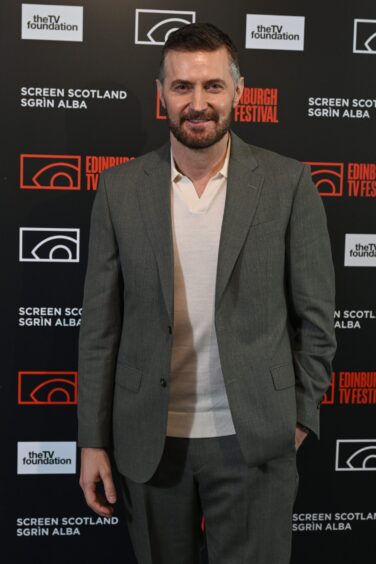 © Shutterstock Feed
© Shutterstock Feed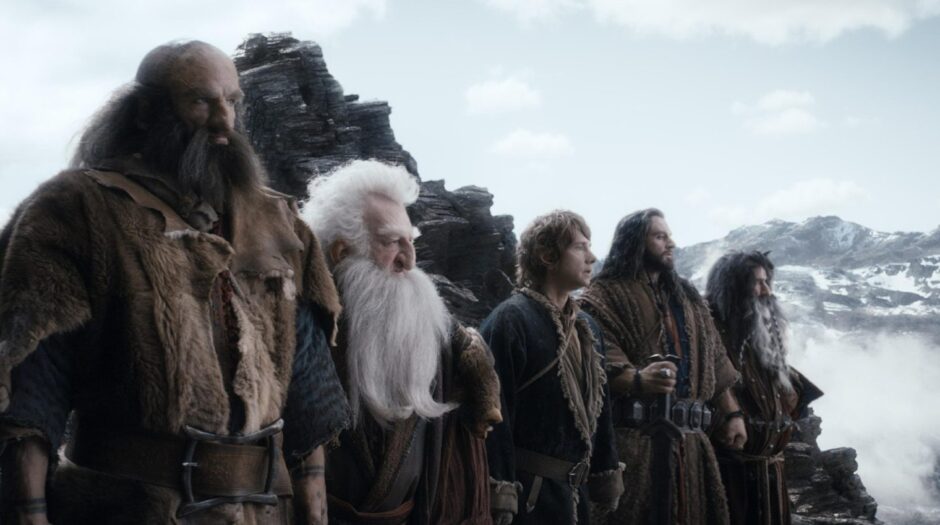 © PA
© PA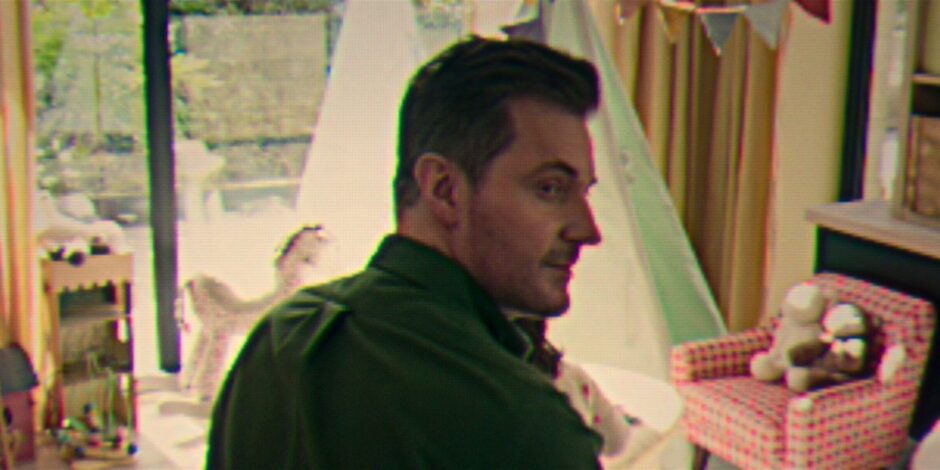 © Netflix
© Netflix © ITV
© ITV